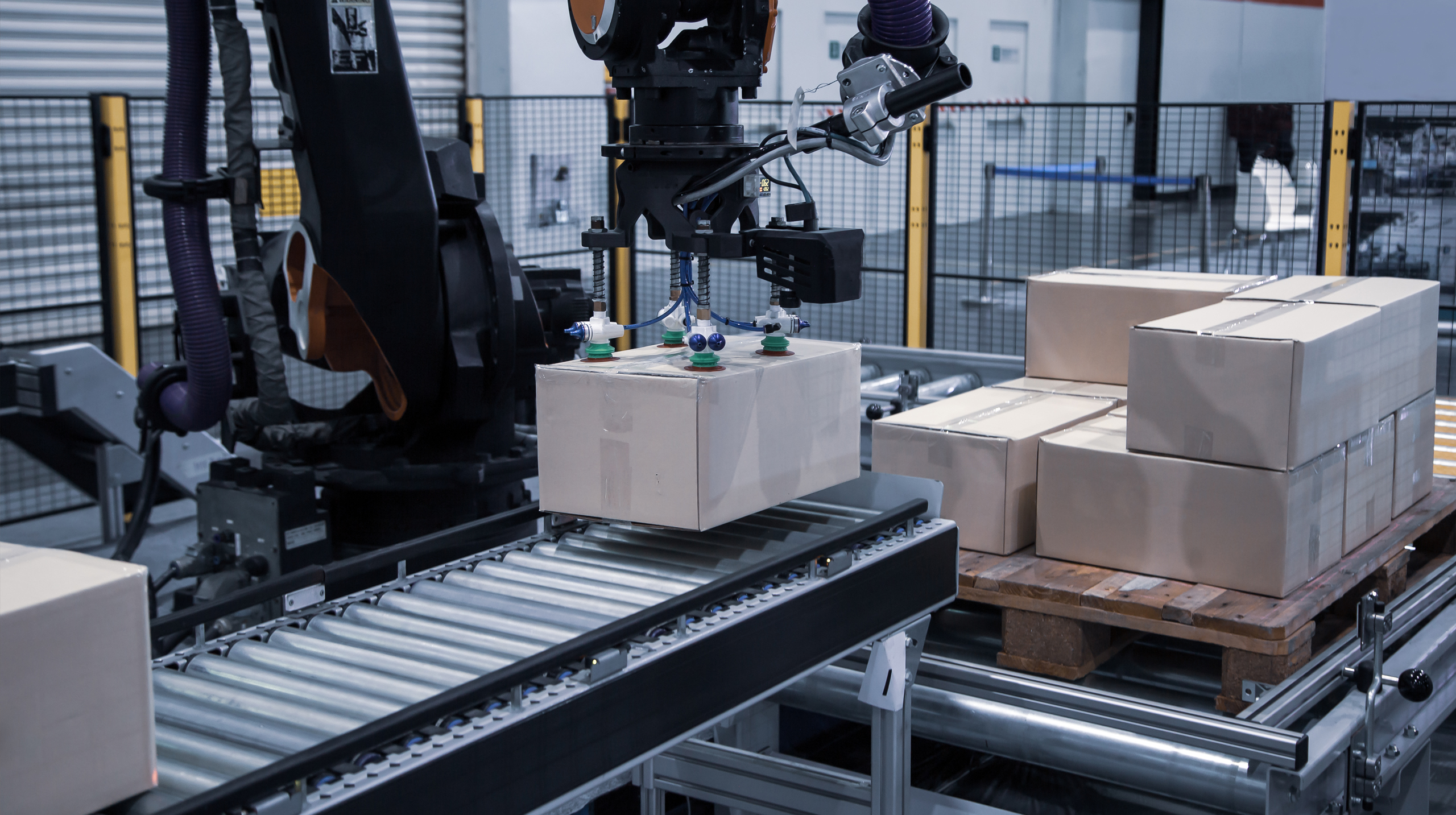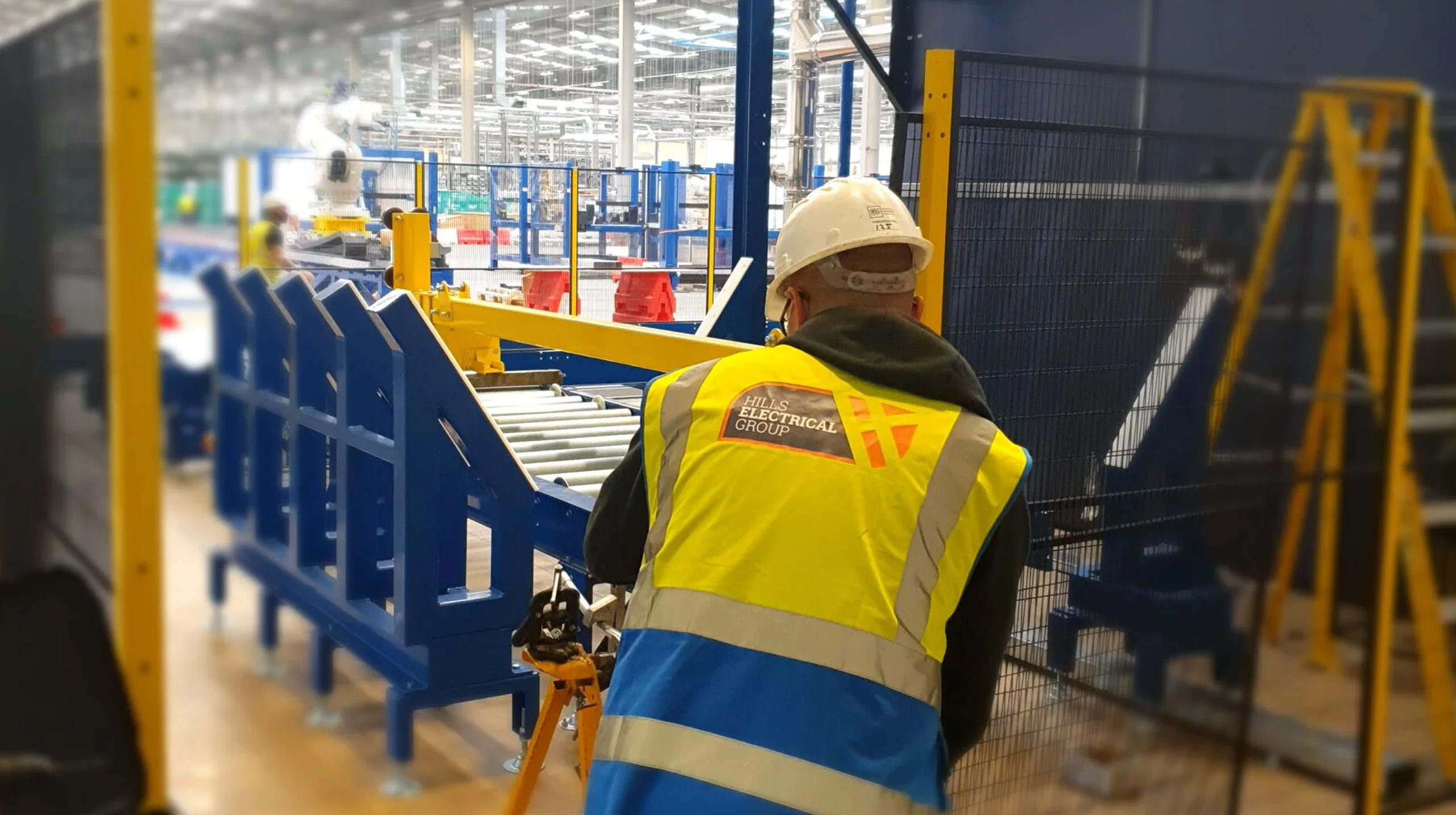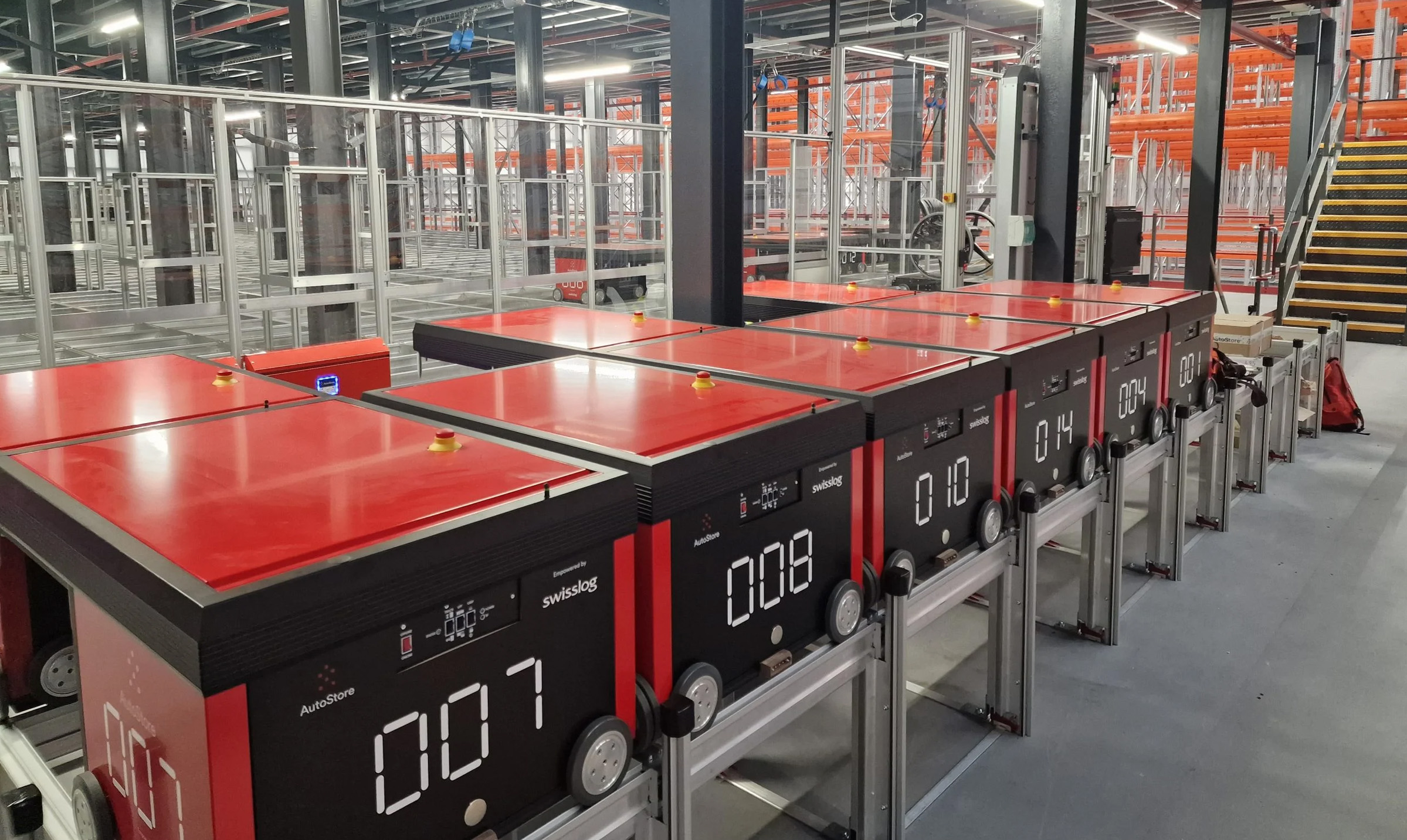We Are Now Autostore Installation Certified
Speak to a member of our team
Get in TouchThe popularity of programmable logic controller (PLC) systems is on the up. In 2020, the global market value of PLC was over $11 billion, with an annual growth rate of more than 5%. This figure is set to reach an estimated $15.5 billion by 2026. PLC control systems benefit businesses worldwide by cutting costs and extending operational capabilities.
However, for companies to gain a healthy return on investment (ROI), the quality of a PLC control system and programming must be high and tailored to accommodate the specific productions and operations.
PLC stands for a programmable logic controller and works as an industrial computer control system, programming machines or entire production lines to operate simultaneously. PLC control systems function for various purposes, from factory assembly lines to rollercoaster rides.
The three fundamentals of a PLC system include:
CPU/processor
A PLC central processing unit or processor is the principal part of any digital computer system. A PLC CPU is a microprocessor-based system that controls the entire PLC with commands through analysis of input devices.
I/O (Input/Output) section
This feature of the PLC transfers the data to and from the CPU. Relevant I/O modules work as the data interface between CPU and output devices and control them with I/O cards.
PLC programming
A programming port on the CPU links CPU cards and devices. PLC programming designs and defines I/O solutions to allow the PLC to function effectively.
A PLC monitors input devices such as:
After analysing the state of the input devices, the PLC can then make decisions based on customised programming by the controller for the various output devices. The PLC output devices include:
The PLC is integrated into the system, such as a production line and allows mechanical processes to change or repeat operations while collecting and communicating information. The data collected by a PLC informs proceedings and is utilised to operate the system more effectively.
There are four main features to operating a PLC:
By offering such versatility, flexibility, and efficiency to manufacturing and other forms of production and operations, integrating a PLC control system is highly beneficial to businesses.
Since being invented back in 1968, the popularity of PLCs for manufacturing has made it the number one choice for several reasons:
In the past, electrical controls operated on manual relays and contractors. PLC technology uses the same principles applied in computer architecture. It can perform relay switching tasks, timing, counting, comparing, calculating and processing analogue signals.
The PLC can use various standardised communication protocols. A PLC can link with other controllers, computers, or production equipment and perform multiple functions such as gathering data, monitoring devices, processing parameters and uploading programs.
It’s easy to upload and download various programmes onto a PLC control system. All program logic remains in the PLC memory, so it won’t cause wiring errors and will remain reliable with solid-state components.
You can edit or create a new program on a PLC without a whole circuit rewire. Instead, you determine the connection and performance of I/O with a user program. A PLC system can increase flexibility with extra function modules to enhance the PLC performance.
PLC control systems reduce hardwiring inconveniences often associated with traditional relay control circuits. A PLC is also more compact, taking up less space than conventional; relay-based control systems.
Fast operation alongside the PLC control system managing real-time results is what makes a PLC so effective. No other industrial technology has the same ability to control operations as quickly or accurately.
A PLC can troubleshoot any software or hardware issues just like a computer. Tracing and correcting any malfunctions can be solved efficiently without expert investigation or additional expense.
PLCs are designed to be easy to install and maintain, with quick learning features and adaptable programming modifications.
A PLC can function in an industrial environment, exposed to various temperatures and humidity.
A PLC control system uses significantly less power than a standard relay-based control system, meaning you save money on your energy bills.
Requires training
Like any new piece of technology, PLC control systems require training to understand how to use it at optimum efficiency and effectiveness. When trained, the user can maintain the operation of an entire production line.
Fixed circuit operation
The Logic function is set by your specific manufacturer and cannot be changed easily. However, with the right experts by your side, you can ensure your PLC operational needs are maintained without any reason to change them.
Maintenance
To ensure your PLC control system stays in top working condition, you need to provide it with regular maintenance. Instead of paying for an engineer or hiring a specialist, you can establish remote PLC maintenance programming with external access to your PLC.
Cost
Depending on the size and sophistication of your PLC, the cost can range from anywhere between £1,000 to £50,000. But for a costly upfront expense, PLCs offer a very high guaranteed ROI in terms of efficiency and productivity.
Propitiatory
So, any software or parts provided by a certain manufacturer may struggle with any parts or software from another manufacturer. Ensure you invest in the ideal manufacturer, and you won’t need to use another company that use different types of software or parts.
If you’re still unsure if a PLC control system is a good investment for your business, you should speak to an expert. At Hills Electrical, we provide high performance, reliable, and economically friendly PLC solutions in control systems and programming.
We cover industry-leading PLC manufacturers, such as Siemens, Mitsubishi, Rockwell, and Omron. Discover how our PLC control systems can benefit your business by speaking to our specialist staff. In the meantime, follow us on LinkedIn to stay up to date with the latest PLC updates and any other electrical production and manufacturing news.




Feel free to fill out our form below and a member of our team will be in touch.